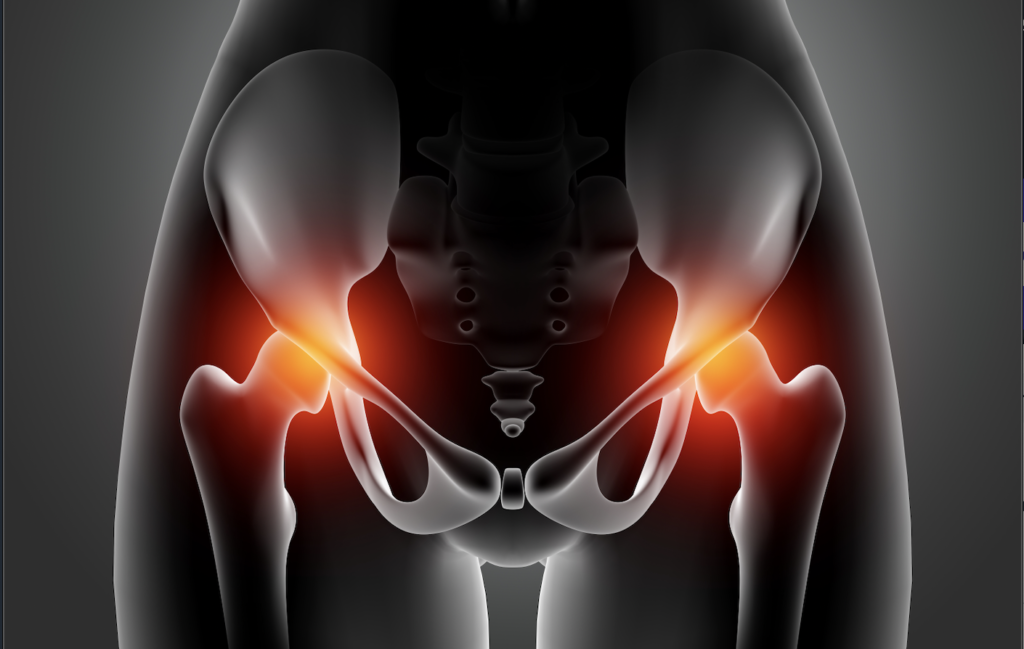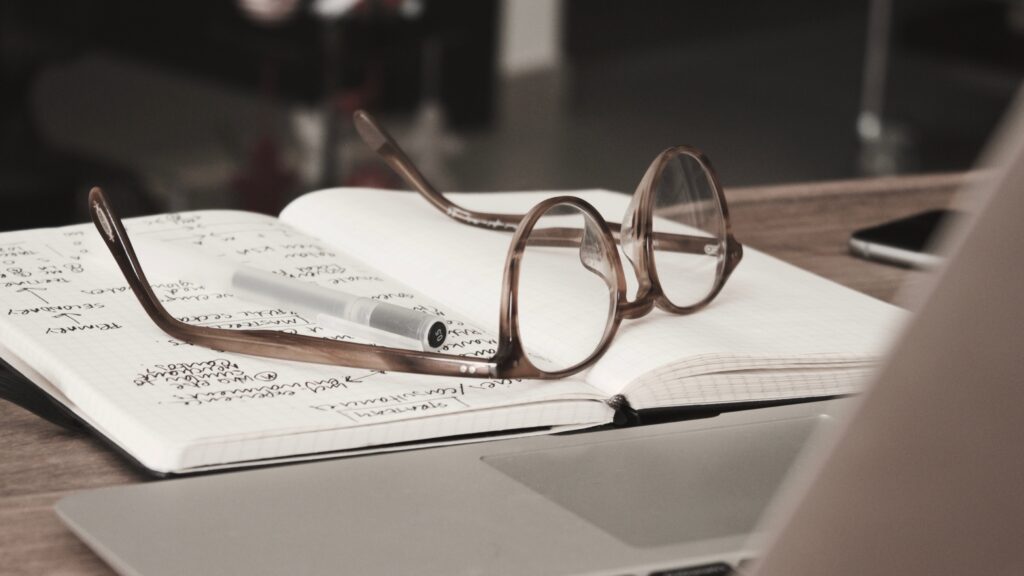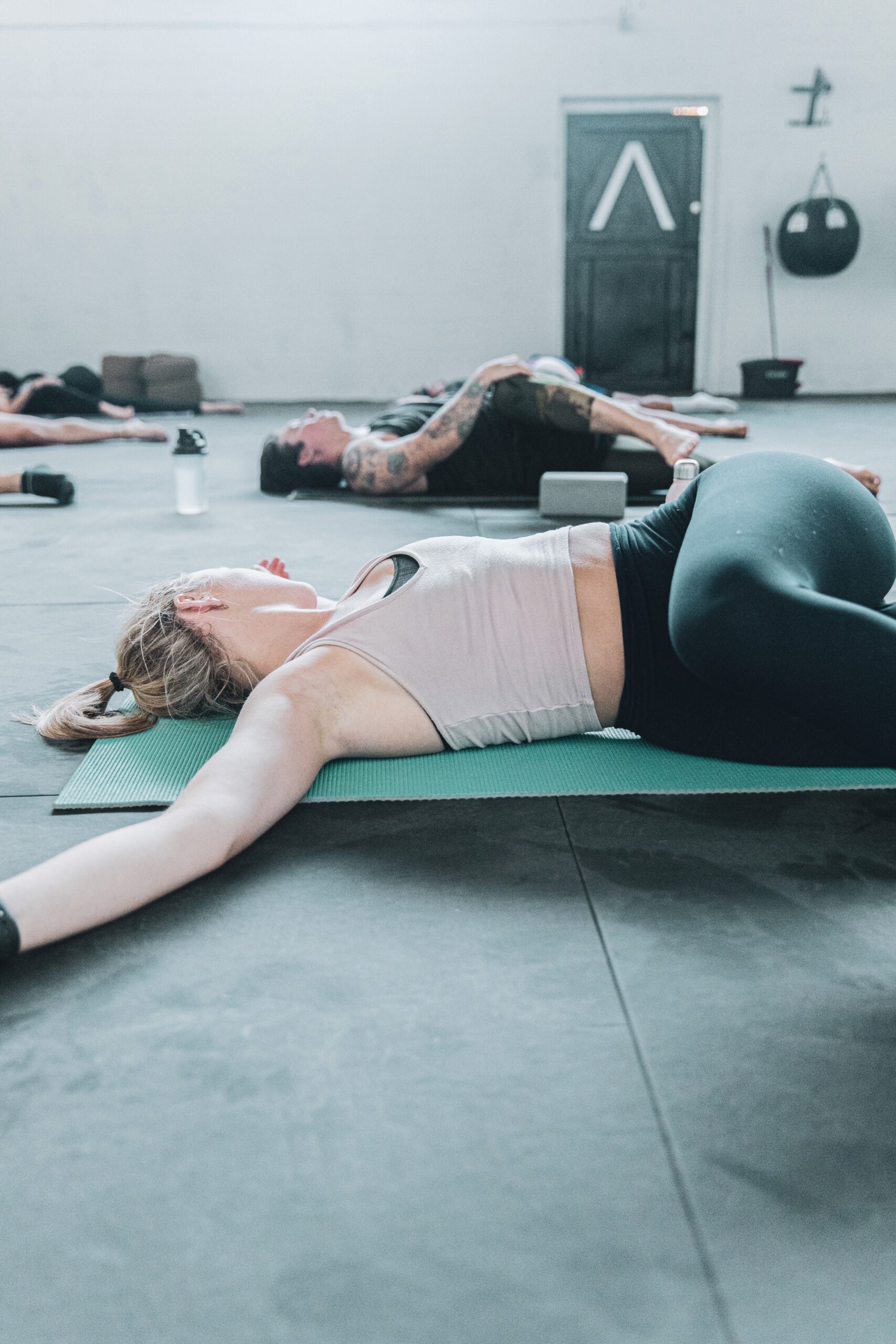Do your hips feel tight and achy after spending hours sitting at your desk? Well, our wfh queens, it’s not just in your head. Sitting for prolonged periods can actually cause your hip muscles to shorten and weaken over time. When we sit, our hip flexors are in a shortened position for extended periods, which can cause them to become tight and stiff. Over time, this can lead to weakness in the muscles and even affect our posture and gait. We spend a lot of time sitting at our desks, which makes us especially susceptible to this issue. But don’t worry – there are steps we can take to prevent and alleviate hip tightness without splurging on a massage every week. At least, not in this economy. Let’s get into some hip muscle TLC!

Don’t have time? Easy Fixes
We all have those days when our hip muscles give up on us. Having some self-care products handy can really make a difference. Here are some of our top picks:

- Foam Rollers: A foam roller can be a lifesaver for tight hip muscles. Roll it out to break up any knots or stiffness in the area, and improve circulation.
- Best value: This Gaiam foam roller may look simple, but it gets the job done at only $14.99.
- Highest rated: TriggerPoint, a fan favorite, sells multi-density foam rollers ($34.98) that are guaranteed to give you the relief you were looking for.
- Most interesting: Aside from the classic foam rollers, TriggerPoint also makes a double massage ball 8-Inch textured roller that targets those hard to reach muscles all over the body.
- Resistance Bands: Resistance bands are lightweight, portable, and perfect for hip strengthening exercises. Use them for a variety of exercises to target different muscles in the hips.
- Best value: For under $10, you can try a set of resistance bands from Hoocan. Probably the best deal you’ll find anywhere.
- Best style: Gaiam sells these ultra thin resistance bands for $34.00 that are functional and sleek.
- Highest rated: These high quality, non-slip resistance bands from Vergali ($24.97) are guaranteed to be long lasting. They come with a carry bag too!
- Yoga Blocks: Yoga blocks are super helpful during hip-opening yoga poses. Use them to support your body and get the proper alignment as you stretch and strengthen those hip muscles.
- Best value and Highest rated: If you’re just looking for a classic block, Gaiam wins with their best seller non-slip yoga block at $9.99.
- Most interesting: Ungloo’s sitblox meditation yoga blocks ($45.00) were made specifically for opening up tight hips.
- Standing Desk: If you spend a lot of time sitting, a standing desk can help relieve pressure on the hip flexors.
- Best value: You can test out the idea with an adjustable laptop stand for $24.99 before committing to changing out your desk.
- Best style: TechOrbits offers a multi-functional standing desk for two monitors ($139.99). The best part? There are 5 color options to choose from.
- Highest rated: Monomi offers a beautiful electric standing desk at $239.95 when you are ready for the upgrade.
Don’t mind the hard stuff? Helpful routines
It takes a bit of effort but we promise, it works! With consistent effort and proper technique, you can improve your hip flexibility and reduce discomfort:

- Stretches: Do some hip flexor stretches. Try kneeling on one knee with the other foot in front of you and push your hips forward to stretch your hip flexors. You can also try lunges or pigeon pose to target this area.
- Exercise: Strengthening the muscles around the hip flexors helps improve flexibility and prevent future tightness. Try exercises like glute bridges or lunges to target the glutes and other muscles in the hips.
- Posture: Poor posture contribute to shortened hip flexors, so be mindful of how you’re sitting and standing throughout the day. Avoid sitting for long periods of time and make sure to stand up and stretch frequently.
The why behind it
So why do our muscles act up? Doctors of Physical Therapy say there are four main reasons: overuse, dehydration, injury, and stress

- Overuse: Using the same muscles over and over without giving them a break can make them really tired and achy.
- Dehydration: If you don’t drink enough water, your muscles can get super tight (in scientific words, our muscle fibers will contract!) and might even cramp up.
- Injury: When your muscles get hurt, they tense up purposefully to protect you from hurting even more.
- Stress: Feeling stressed out can also make your muscles tighten up because your body is trying to cope with the pressure.
If you’ve been dealing with muscle pain that just won’t go away or is getting worse, it might be time to see a doctor. Sometimes muscle pain is caused by an injury or overuse, but other times it can be a sign of a more serious medical condition. If you notice other symptoms like swelling, redness, or difficulty moving the affected area, definitely give your physician a call. They’ll give you a physical exam, check your medical history, and maybe order some tests to figure out what’s going on. Treatment options can include things like medications, physical therapy, massage, or even surgery if it’s necessary to treat the underlying cause of the pain. Don’t tough it out if you’re in a lot of pain – there are options out there to help you feel better!

